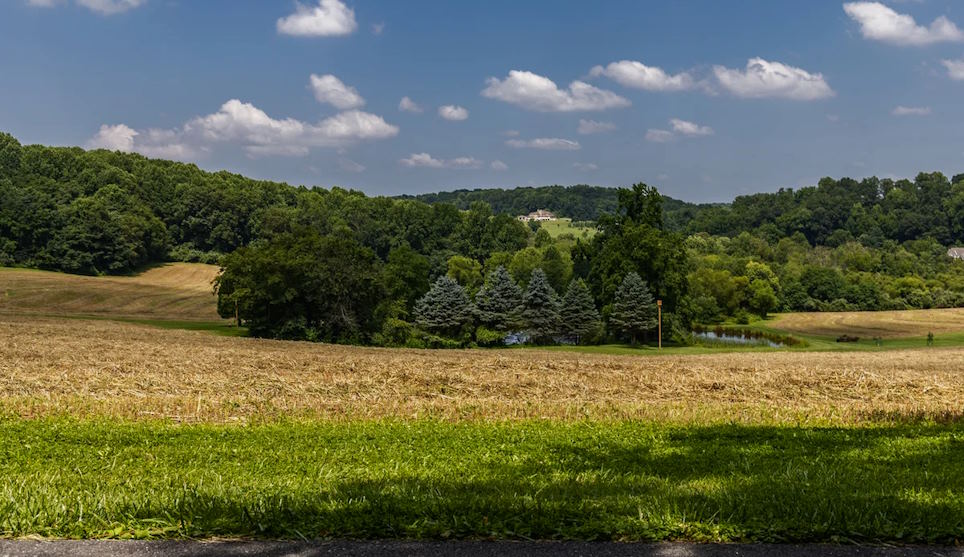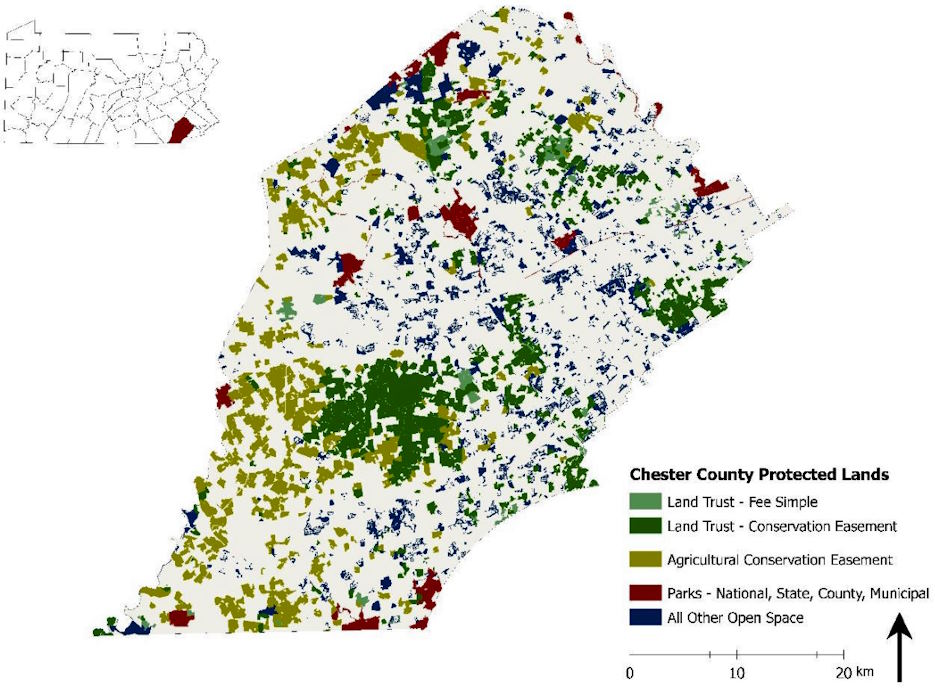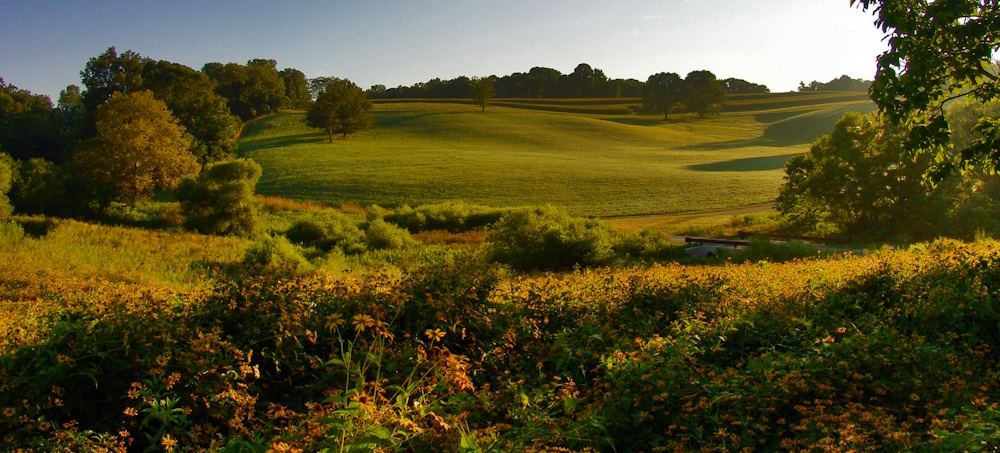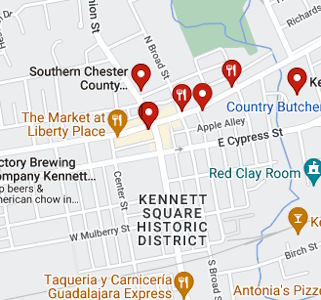From Farm to Forest: The Evolution of Land Use in Southern Chester County
- Published in The Land Conservancy
- Permalink

The dynamic land use in Southern Chester County is characterized by constant change, which creates a vast expanse of potential opportunities. The agricultural heritage that distinguishes Southern Chester County is where the story starts. The region’s character has long been associated with vast farmlands that are scattered with red barns and patterned with crops.
Further, there are anticipating trends in land use for Southern Chester County that are whispered by the winds of change. A sophisticated grasp of the fine balance that must be struck between maintaining agricultural legacy and meeting the needs of an expanding population is necessary to anticipate these changes.

Land Use Planning in Southern Chester County: The Future Unveiled
The future of land use planning in Southern Chester County pivots on sustainable development and thoughtful zoning strategies. Maintaining open spaces, establishing green corridors, and putting smart growth regulations into practice are crucial elements of a plan that protects the ecosystem’s equilibrium in the area. These projects combine commercial, residential, and recreational areas to create thriving neighborhoods with the least amount of environmental impact possible.

Local voices on land use issues in Southern Chester County
The voices of the Southern Chester County’s residents become essential to the conversation about land use concerns. The story is shaped by local viewpoints, as communities support environmentally friendly infrastructure, sustainable practices, and the preservation of cultural assets.
Resonating voices in favor of preserving the rural essence that characterizes the Mushroom Capital can be heard in the center of Kennett Square. In Unionville, where people express concerns about unbridled development intruding on the peaceful countryside, the delicate dance between growth and preservation finds resonance. The diverse range of viewpoints that are woven into the complex fabric of land use planning is enhanced by these local voices.

 Southern Chester County, where history meets horizon. Join us in discovering the rich tapestry of heritage, vibrant communities, and the scenic allure that sets this region apart. Explore the heart of tradition and the pulse of modernity, as we unveil the beauty that defines this charming region.
Southern Chester County, where history meets horizon. Join us in discovering the rich tapestry of heritage, vibrant communities, and the scenic allure that sets this region apart. Explore the heart of tradition and the pulse of modernity, as we unveil the beauty that defines this charming region.